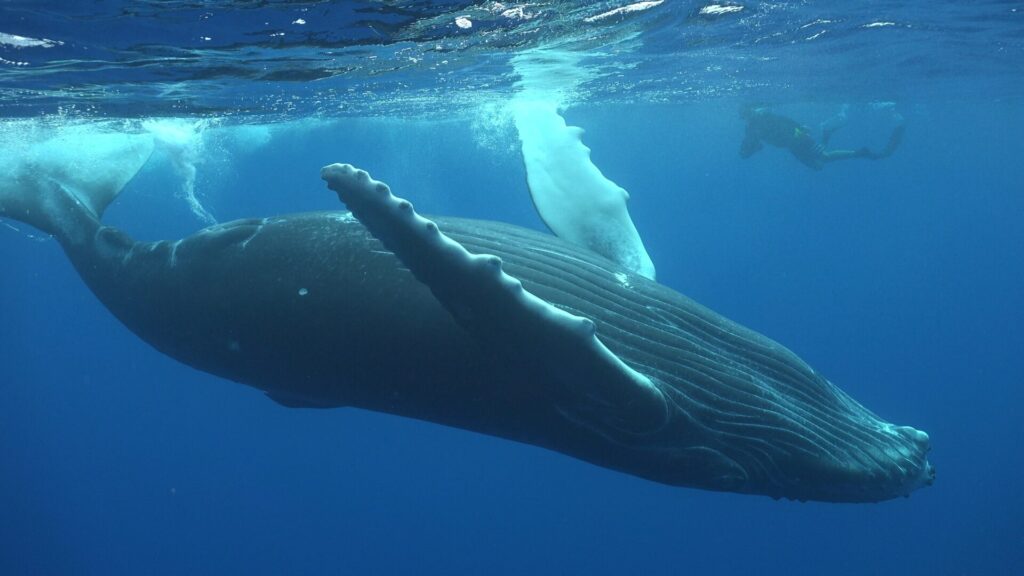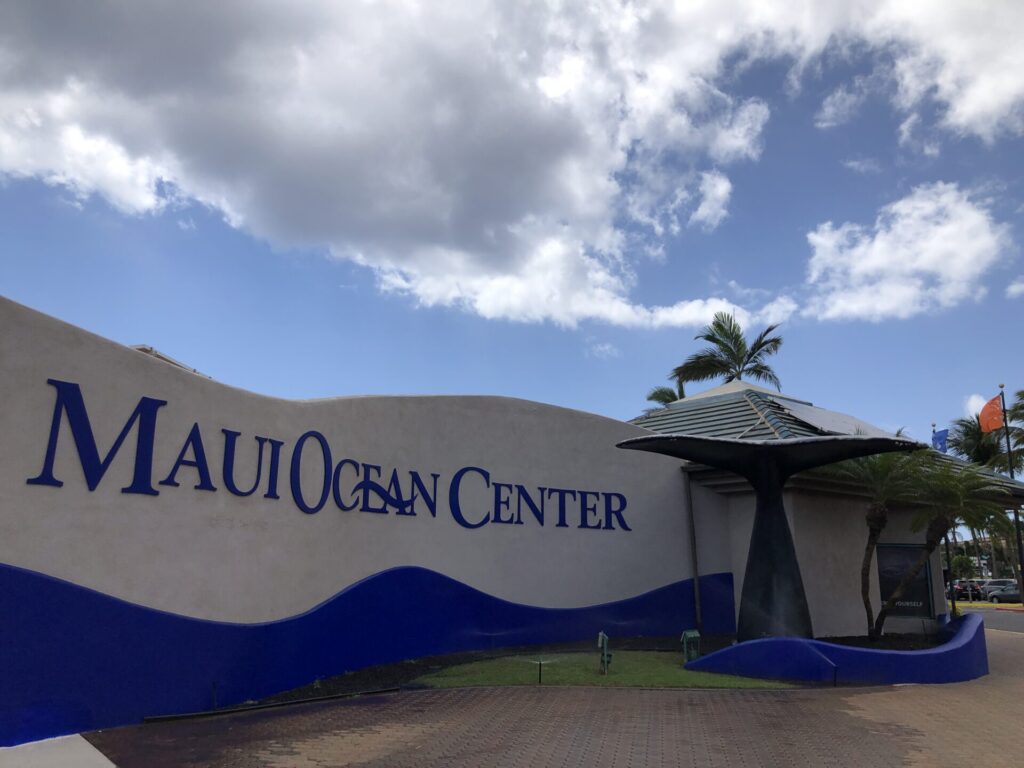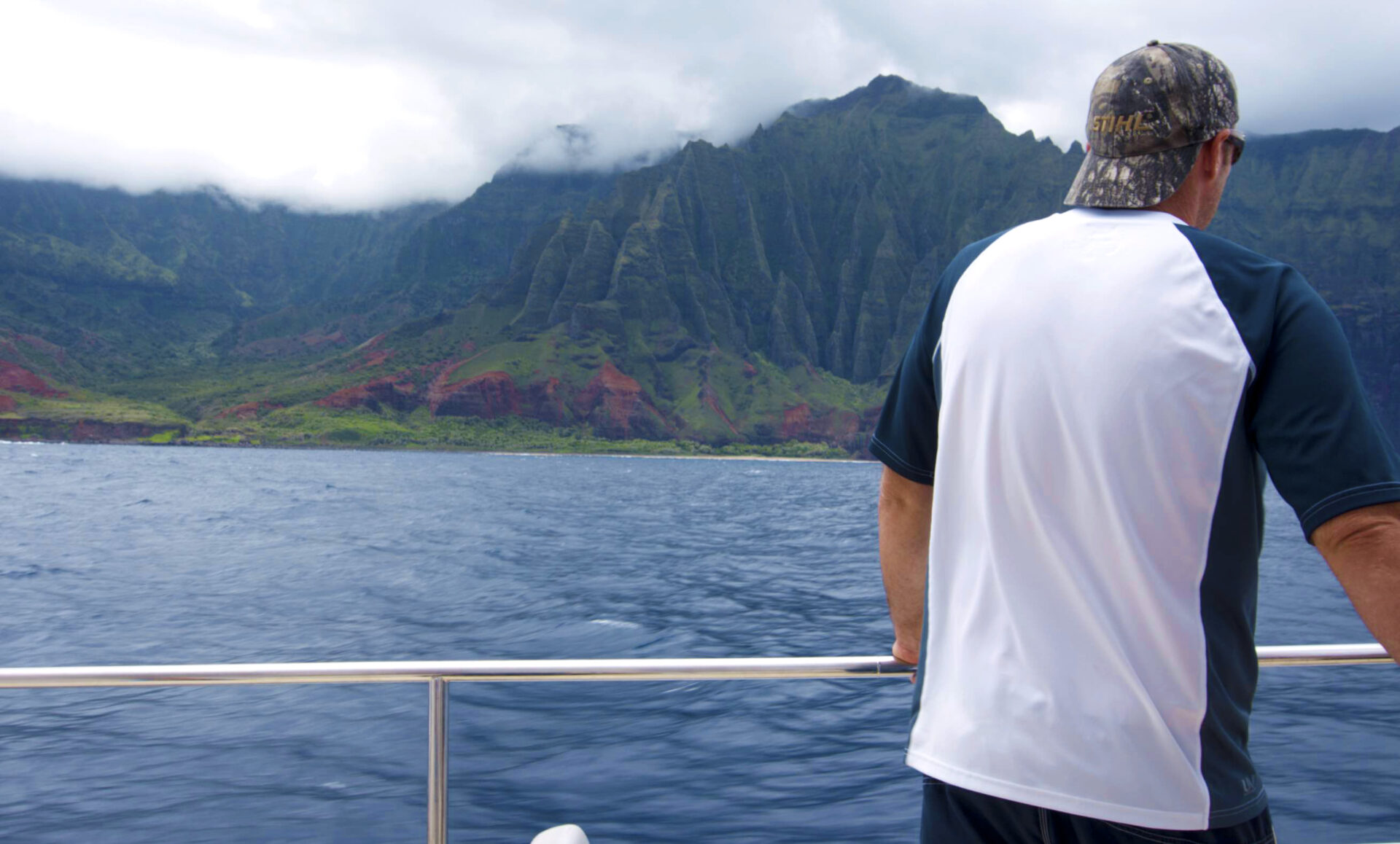One of our favorite annual events in Hawai‘i is whale season. Don’t worry—you won’t have to apply for a tag or get a permit for this kind of season. We’re talking about the yearly migration of humpback whales from the Arctic down to warmer climates. It turns out whales like to escape the winter weather in favor of warmer climates, too. We get asked all the time what is the best way to see these gentle giants when visiting Hawai‘i. The short answer is—it depends. There’s a few factors to keep in mind if whale watching is high on your list of activities on your Hawai‘i vacation.
The Time of Year

The time that humpback whales visit each year is roughly mid-December until the end of April. Those aren’t hard dates, more of a general guideline. You can expect the majority of humpback whales that visit Hawai‘i to here from January through March. There are some early birds that start showing up in October, and some stragglers that are still hanging around into June. The truth is, if you’re not picky there’s a chance to see whales anytime of year. There are quite a few of whale species that both visit and reside around the Hawaiian Islands, with small spinner dolphins being the most common year round. However, the showboating humpbacks are going to be seen in the winter months.
Some Islands are Better Than Others

When the humpbacks are in town, there’s a chance to see them around any of the islands. Sometimes there’s more around the main Hawaiian Island chain, sometimes they seem to prefer the isolation of the remote, uninhabited northwestern islands around Papahanaumokuakea National Marine Monument. (Difficult to say and even harder to visit.) Many of the whales come to Hawai‘i to give birth, while the rest are here to find mates. They are looking for warmer, shallower water for these tasks. While this exists to some extent around all the islands, it’s waters off the island of Maui that provide the best place for a whale nursery. Maui is surrounded by three offshore islands—Kaho‘olawe, Lana‘i and Moloka‘i. In the geologic past of the last ice ages, these islands formed one giant island (called Maui Nui), but time, erosion and sea level rise from the melting of the ancient ice sheets gives us the layout we see today. The waters between the islands are more protected, shallow and warmer than the vast, surrounding Pacific Ocean. Perfect for rearing whale calves and preparing them for the long journey back to the Arctic feeding grounds. So if whale watching is top of your list, Maui is the island to visit during whale season.
The Best Places to Watch for Whales

If you book a boat tour during the winter season, you’ve got a pretty good chance of seeing whales. All the major islands have a range of boat tours (which we cover in our guides). While there are tours that cater specifically to whale watching, no matter what the goal of the boat tour may be (snorkeling, fishing, sailing, dinner cruise), the whales are going to be out there. Whale watching tours tend to be more reasonably priced than other boat tours, but they’re also usually shorter (around two hours) and have less amenities (you might get some beverages, but usually no food). Also, note that lots of advertisements might show whales leaping from the water right next to the boat. That is a pretty rare occurrence. You’re more likely to see their spouts (the spray of water as they come up for air), breaching (leaps into the air) and sounding (when they dive and give a flash of their tail) from a distance. There are laws that prevent boats from getting too close (within 300 yards) of whales. The whales will only get close if they want to.
Maybe the best thing about whale watching in Hawai‘i s you don’t have to book a tour at all. If it’s a year when there’s a lot of whales in the area, you can easily spot them from land. Hiking to the top of an oceanside hill can give a great vantage point, but even hanging out on the beach and scanning the horizon can bring plenty of whale sightings. Mornings are usually better since winds tend to be calmer. The more choppy the water, the more difficult it can be to distinguish whales splashing around from white caps.
If All Else Fails, Try a Virtual Experience

To get a view of humpbacks that is essentially impossible in person, consider checking out a virtual encounter. At Maui Ocean Center, they have a state-of-the-art 3D experience in a custom sphere-shaped theater. Using footage captured off the coast of Maui by underwater drones over a couple years, this 55-foot diameter sphere (the size of an actual humpback whale) gives the feeling of being in the water with one of the leviathans. Even those that aren’t into 3D experiences will probably be amazed by this experience. It’s only 15 minutes long and entrance to the exhibit is included in the aquarium’s entrance fee.
Boat Tours

Makana Charters
Makana Charters offers a variety of boat tours with their fleet of power catamarans. They use a 32-foot power cat for 12 people, a 49-foot power cat for up to 32 people, a 47-foot Seiko that holds 36 people (great for those prone to seasickness), and a 34-foot Seiko for 16 people. The tours are relaxed and personable, offering a more intimate experience compared to other tours that can be more crowded.

Holo Holo Charters
Holo Holo Charters offers a 65-foot power catamaran for their tours. Their standout trip is a 7-hour tour to the “forbidden” island of Ni‘ihau. The tour includes a visit to Kalalau Beach on Na Pali, then snorkeling at Ni‘ihau, known for its clear waters and abundant fish.

0 Comments